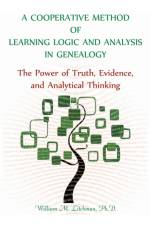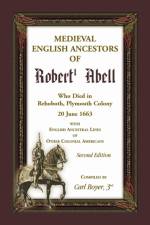von Clark H Flint & Alan H Shute
27,00 €
Supplementing its 'standard' genealogical data with narrative text, this book documents the family and descendants of Richard Shute, an English mariner who arrived in the Massachusetts Bay Colony sometime prior to 1659 and began a New World family line full of ambition, daring, and initiative. The book focuses on Richard and his progeny, but also investigates the descendants of Richard's brother, William, himself a mariner of Boston. It covers twelve generations of Richard's line (to the time of original publication in 1995) and five generations of William's (to the early 19th century). Basic facts such as birth dates, death dates, and marriage dates, and names of associated people and places are included, as well as tidbits and anecdotes gleaned from wills, diaries, and public records. Over 1,000 descendants of Richard and William are supplied; families mentioned include Belcher, Boardman, Buckley, Coffin, Cushing, Dudley, Emerson, French, Greenland, Grover, Hitchings, Jewett, Knower, Mountfort, Nichols, Pearson, Pillsbury, Rainsford, Rust, Sargeant, Soley, Sprague, Waite, Watts, and Wiggins. Chapters include: Descendants of Richard and Elizabeth Shute, Index to Descendants of Richard Shute, Descendants of William and Hopestill Shute, and Index to Descendants of William Shute. Appendices include: The Will of Richard Shute, Sr. (1631-1703); The Will of Richard Shute, Jr. (1666-c1742/43); The Will of Michael Shute (1707-1784); and, The Will of Benjamin Shute (1759-1847). A bibliography adds to the value of this work.

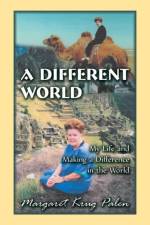
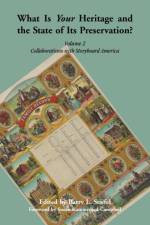
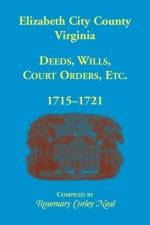

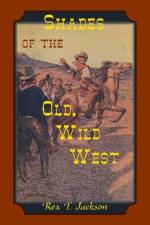

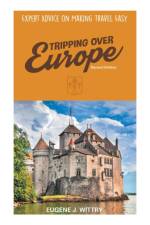
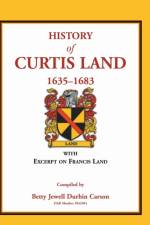
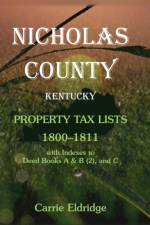
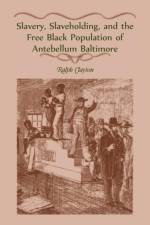
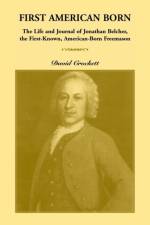
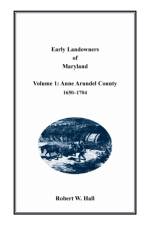

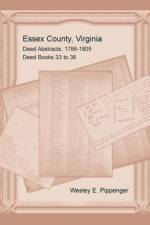
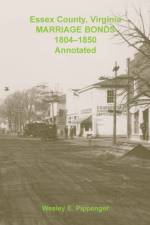
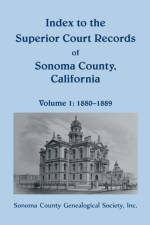



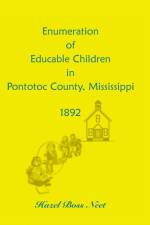
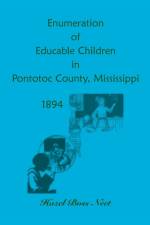
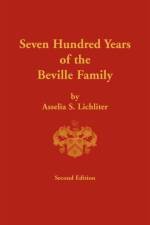

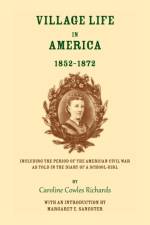


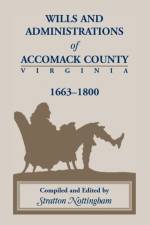
![Jefferson County's [Virginia] Fourth Estate, 1840-1850 af William D Theriault](https://cdnbackdoor.tales.as/thumbnail/150x225/00107/72007/cover.1568309837.jpg)
